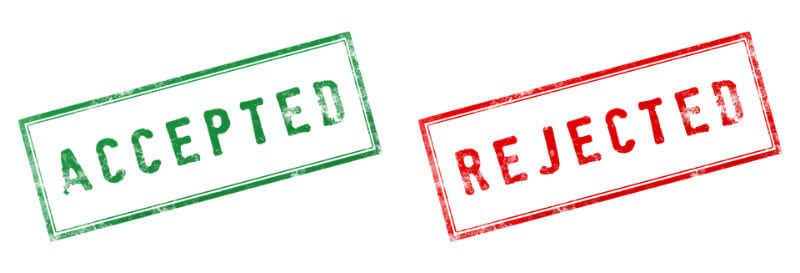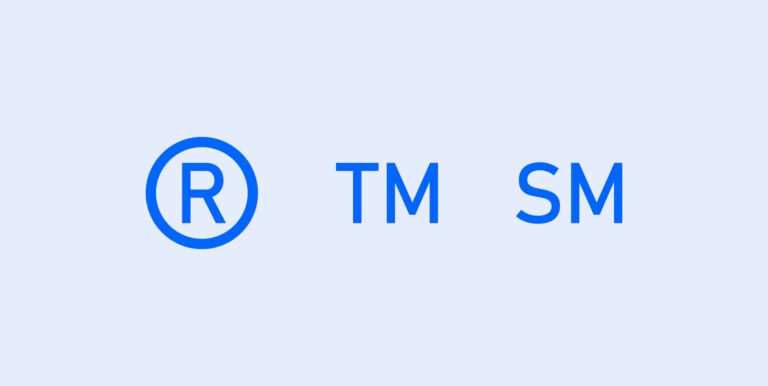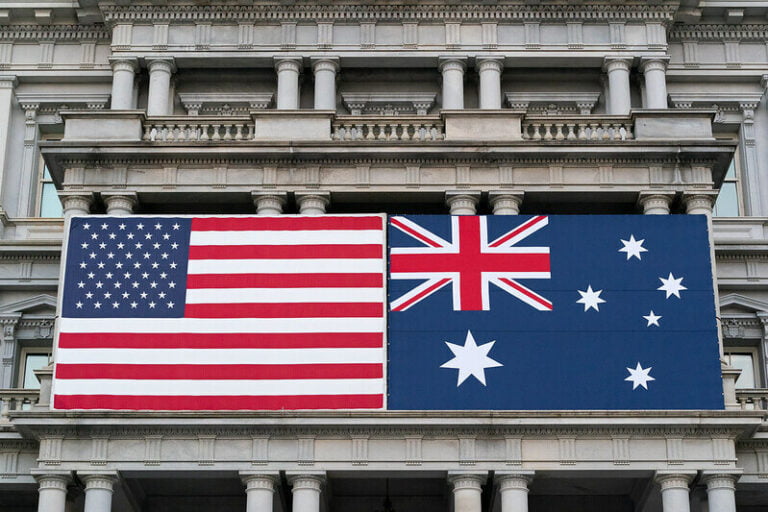Why Was My Trademark Rejected?
What Causes A Trademark To Be Rejected?
A registered trademark will give you a legal monopoly over the word or logo that you have registered. This is a powerful right, and the government will not grant it without first examining it on several grounds.
Let’s first go over what a trademark is before we consider what an “adverse examination report” is. A trademark can be a logo, a word, phrase or a combination of these. A trademark gives you exclusive rights to use your name or logo. It is a property (exclusive) right and just like other property it can be sold or licensed.
When you apply to have a trademark registered, the government reviews your application to ensure it meets their legal requirements. Your trademark application will be reviewed within three to four months from submission (unless this was expedited). If accepted, it will be advertised as an accepted application in the Australian Official Journal of Trademarks.
Adverse examination report
If not accepted, it will receive an adverse examination report, or rejection letter. This means that your application does not meet one of the legislative requirements. The report will state the grounds for why your application was denied. You have fifteen months (extendible) from the date of the adverse report to address the issues with your application.
While there are several reasons why the government may initially reject your trademark, there are two grounds that are the most common and the most important to consider.
1. Your trademark is too descriptive
Trademarks that in some way describe or refer to the goods or services to which they pertain will be considered too descriptive. For example, I cannot trademark the words, LAWYER or ATTORNEY or MELBOURNE LAWYER or even variations like LAWY3R. These are examples where the trademark does not distinguish the services (legal services) from the services from other lawyers. By way of a further example, if you are trying to trademark WHITE PLATES for your set of plates, this will likely raise an objection because the trademark proposed is a description that other traders might need to use when describing similar goods. Another example is trying to trademark a common name such as JOHN SMITH for your product.
Overcoming these objections may involve putting in legal submissions against the examiner’s conclusion (they don’t always get it right), or preparing evidence of use to show that, despite the generic nature or descriptiveness, your customers have come to associate that term with your product. Another way to overcome this objection is to use a logo trademark application. You can read our blog post on that here.
2. Your trademark is too similar to a prior registered trademark.
This is one of the most common objections. Your trademark cannot be similar to a prior-in-time registered trademark. The government, accordingly, will compare your trademark to other registered or pending trademarks on the Trademarks Registry to see if there are any other similar or identical trademarks. They will not review the marketplace or conduct internet searches, as this is irrelevant.
To overcome this type of objection you can seek to remove the prior trademark for non-use, or put in legal submissions against the examiner’s findings or, alternatively, amend your goods and services to avoid the conflict with the prior trademark. As a last resort, you may also approach the other trader and ask for the consent of the use of your proposed trademark (though you do not want to alert them to your trademark unless absolutely necessary in case they oppose your application once notified).
What to do if you get an adverse examination report?
The best thing would be to speak to a trademark attorney to see what options you have. In many cases there are ways to overcome these adverse reports which are not stated in the letter itself because IP Australia is not permitted to provide legal advice.
At Trademarkings, we help our clients get trademarks registered in jurisdictions across the globe.






